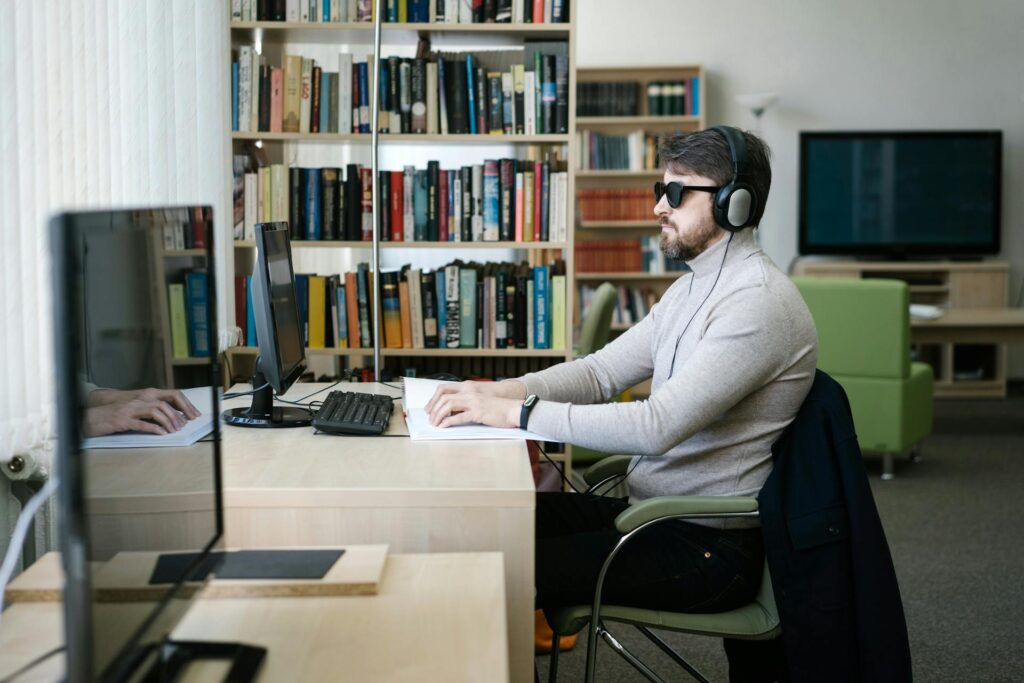
The retail industry nowadays is demanding businesses to optimize operations for efficiency and profitability. One technology making significant strides in this area is computer vision. By enabling machines to “see” and interpret visual data, computer vision solutions are changing how retailers manage their daily tasks, from inventory control to loss prevention.
Table of Contents
Smarter Inventory Management
Real-time stock monitoring: Computer vision can automate inventory monitoring, providing up-to-the-minute data on shelf availability. Cameras equipped with computer vision algorithms can continuously scan shelves, identifying stock levels and alerting staff to restock items before they run out.
Automated stocktaking: Traditionally, stocktaking is a labor-intensive and time-consuming process. Computer vision streamlines this by enabling drones or robots to navigate store aisles and autonomously capture inventory data. This significantly reduces human error and frees up staff for customer-facing activities.
Predictive inventory planning: By analyzing historical sales data combined with real-time inventory information, computer vision systems can help retailers predict future demand more accurately. This allows for optimized stock levels, minimizing overstocking and reducing the risk of lost sales due to out-of-stock situations.
Enhanced loss prevention
Theft detection: Computer vision can be deployed to monitor customer and staff behavior, identifying suspicious activities that may indicate theft. Algorithms can be trained to recognize patterns associated with shoplifting, triggering alerts to security personnel for prompt intervention.
Optimized store layout for security: Analyzing visual data from security cameras allows retailers to identify potential security blind spots within their store layouts. This enables them to strategically reposition cameras or restructure store designs to minimize vulnerabilities and deter theft effectively.
Reduced operational shrinkage: Beyond theft, operational shrinkage (losses due to errors in processes) can also be minimized. For example, computer vision can ensure accurate product placement on shelves and in displays, reducing discrepancies and improving overall inventory accuracy.
Streamlined resource allocation
Automated task management: Many routine tasks in retail, such as monitoring shelf conditions or ensuring promotional displays are correctly set up, can be automated using computer vision. This frees up staff to focus on more complex tasks and customer service.
Data-driven decision making: Computer vision solutions provide a wealth of visual data that can be analyzed to gain insights into operational efficiencies. Retailers can use this data to optimize staffing levels, improve store layouts, and refine processes.
To Sum Up
Computer vision is rapidly becoming an indispensable tool for retailers seeking to enhance operational efficiency. From smarter inventory management to enhanced security and streamlined workflows, the applications are vast and impactful. By embracing these technologies, retailers can create more efficient, profitable, and future-proof businesses in an increasingly competitive market.

